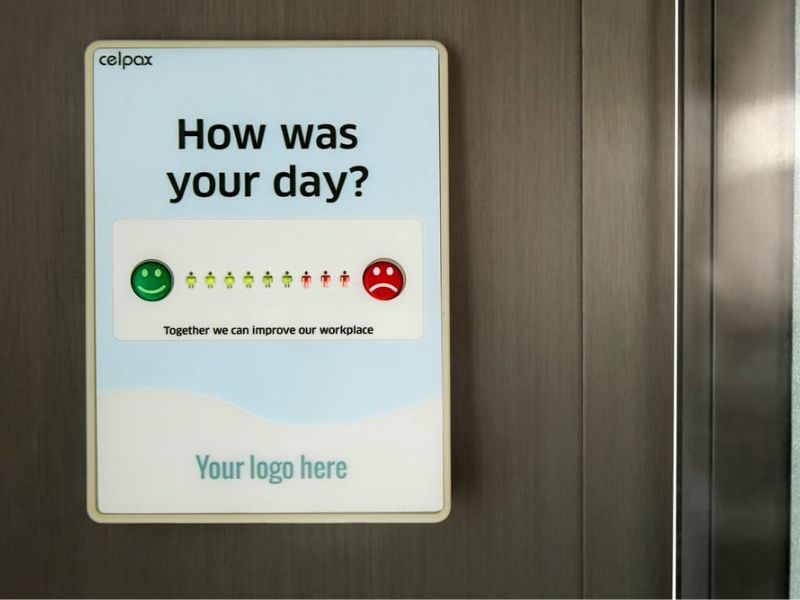
Surveys changed from telephone and paper questionnaires to sophisticated online technology. Even though the technology is fast and efficient, it is still true that many people prefer to skip responding or provide random answers. It is impossible to generalize or predict one specific reason why learners would like to avoid participating. Yet, demotivation to participate might involve:
- Burnout and stress;
- Disbelief or expectation of no changes;
- Personal mistrust rooted in fear of punishment for the expressed opinion;
Many students deal with tremendous pressure every day. Forgetting about surveys is something that no one plans, but it still tends to happen. It is understandable that people would focus more on questions like “how to write my essay” and “how to prepare for exams”. Yet, the thoughtful and well-designed survey and appropriate timing can be a game-changer.
You have to create a space for dialog and growth. Don’t use polls just for the statistics but approach it creatively. It is impossible to see a change when going by the same route.
The right timing
A day in a student’s life can vary. Some are balancing their jobs, and others focus on their studies. Yet, everyone would agree it’s always busy. It is easy to forget or dismiss the invitation link in the email or even in the study system, depending on the time one receives the survey.
The low engagement of students can be due to the clash of holidays and mid-semester breaks or exams. The least responses you could get during last year’s projects and thesis writing. There’s a window of opportunities during the last week of classes.
The right timing can improve engagement and increase learners’ participation. You have to calculate the time when attendees have fresh memory and enough time to take the survey. It is also helpful to send reminders before and during the surveying process and provide relevant time frames. Your understanding and respect of attendees’ time showcase your interest in their responses and builds a friendly environment.
Regularity
It is a common practice to provide regular questionnaires. People are more likely to participate in surveys that allow the institution to learn more about them and the study process.
What topics can you provide to make students more comfortable participating in surveys?
- Mental health assessment: last year was pretty harsh on everyone. Always staying in touch with your learners would help you build mutual trust and understanding. At the same time, the student who knows they can get support would be more engaged and active;
- Teacher-student relationship: it is always hard to deal with the interpersonal climate in the classroom. Some situations require an outsider perspective and be addressed if needed. On the other hand, knowing that you can rely on the administration in case of misconduct is encouraging and helps to develop trust;
- Classroom climate: you should encourage students to express whether they have all the necessary tools to achieve academic success;
With software like SurveyMonkey that is designed to provide communities with regular surveys, it is possible to always have relevant observations.
Well-composed questions
Even though many higher education institutions work on AI and personalized learners’ success tracking systems, it is important to maintain communication with students. It is impossible to imagine sitting and interviewing all thousands of learners in one day. That’s when online technology wins the game without breaking a sweat.
Gathering honest feedback and analyzing it is half the success for implementing strategies for improvement. You have to compose questions that attendees would know how to answer. It means the questions should be as clear and specific as possible.
At the same time, although many questions are rather multiple-choice ones, give student’s the possibility to leave their feedback. Some questions should be open-ended to elaborate on the answer. It shows that you are open to a discussion.
Transparency is a key
Students should know who is working on the gathered information. The impersonal design of the survey may mislead and leave a sense of its irrelevance. “Why should I care? I don’t know who is working with this data”.
Yet, when all participants are shown you may know that your responses would be viewed and analyzed. On the other hand, the anonymity of the survey allows people to ease their discomfort with answering the questions.
The survey should reflect the institution’s interest in learners’ opinions. It should provide an unbiased opportunity to articulate concerns or appraisals.
Updates and discussions
Often, researchers should provide updates and discussions of gathered data. Without a doubt, some data is collected for the internal procedures, but learners should see the effect of their participation. It would motivate them to engage in future surveys and become a part of the academic environment.
Some data can be put on a public display (anonymously, of course) and discussed. In such a manner, students would know their opinion was seen and taken into consideration. It is harder to measure the relevance of the survey without evident results or opportunities.
It also shifts the perspective of students as just “consumers” of education. Not every attendee has the tools and means to understand their role in this process, but they should view themselves as a part of the community. Thus, you have a right to know how your answers affect the future learning process.
Summing Up
It is significant to nurture a healthy academic community by showing that every voice is heard. It is impossible to increase students’ engagement if you don’t fulfill their expectations of quality education. Surveys are the most convenient tool to communicate the needs and struggles that must be addressed.
Surveys should not be taken for granted. They are an essential part of the research and development of strategies that would transform the educational environment. You should be careful and thoughtful when designing and providing feedback to the community.